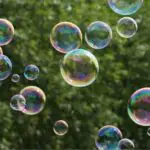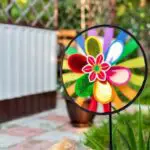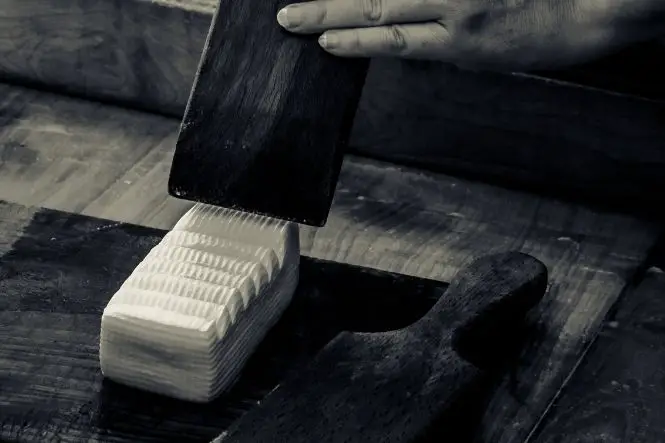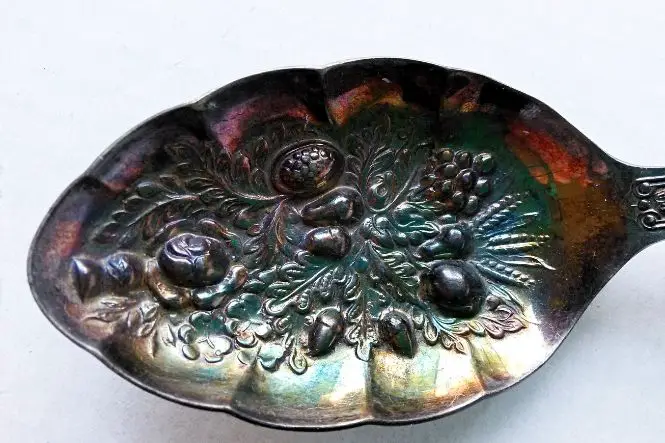What is a summer without ice cream cones, or a slice of apple pie without a melting scoop of vanilla ice cream? Though it looks simple – cream, milk, sugar and eggs – ice cream has some interesting science keeping it together.
Table of Contents
Solutions, Emulsions and Colloids
A solution is the result of mixing a solid, liquid or gas into a liquid or gas where the combined substances mix together completely (miscible) and cannot easily be separated – for example, mixing sugar (a solid) into water (a liquid).
A colloid is the result of mixing solids, liquids or gases that do not normally mix together properly (immiscible), with very small particles (1 NM to 1 µam) of one substance becoming evenly spread throughout the other substance. A colloid is stable, so one substance does not settle out of the other. An emulsion is a type of colloid created by mixing two immiscible liquids.
Emulsifiers keep colloids and emulsions stable – for example, in mayonnaise, something called lecithin, which is found in egg yolks, acts as an emulsifier, keeping the oil spread through the watery vinegar. Try shaking together oil and water – the two will settle out from each other. Add a drop or two of washing up liquid (emulsifier) and shake together again – does the water settle below the oil? The detergent acts as an emulsifier, keeping the oil and water mixed together.
Other food colloids include:
- milk – liquid-liquid (milk fat spread through water from the milk)
- mayonnaise – liquid-liquid (oil spread through water from the vinegar)
- butter – liquid-liquid (water from the milk spread through milk fat)
- whipped cream – gas-liquid (air spread throughout milk fat)
- smoke (if you burn something!) – solid-gas (smoke particles spread through air).
Telling the Difference Between a Solution and a Colloid
Put the solution or colloid in a glass jar and shine a torch through it (if the colloid is too thick to allow light through, dilute it with water) – for example, a jar or sugar water, and a jar of milk diluted with water. With a solution (sugar-water), the light will shine through. With a colloid (milk-water), the light will reflect off the tiny particles and will not shine through. This is called the ‘Tyndall effect’.
Ice Cream
Ice cream is a colloid combining an emulsion and a foam, with milk fat, ice crystals and air (a liquid, a solid and a gas) spread throughout another liquid (the water from the milk). In traditional homemade ice cream, the lecithin in egg yolks acts as the emulsifier, keeping the colloid stable. Commercial ice creams may use other emulsifiers, and add stabilisers to stop the air bubbles in the foam disappear.
Once it starts to freeze, ice cream is whipped to add air, creating foam, another colloid (gas-liquid). This also helps the small fat particles join together into bigger ones, which keeps the air bubbles stable. Commercial ice creams may use stabilisers to stop the air bubbles disappearing and keep the ice crystals small.
Making Ice Cream in a Bag
Stir together half a cup of milk and half a cup of cream (or one cup of milk), and quarter of a cup of sugar, pour into a freezer bag, and seal. Put the bag in a bigger bag, and completely surround it with salt (the larger the salt crystals the better) and ice. The salt reduces the temperature even further. It should take about five minutes to freeze. Try shaking the bags while the ice cream freezes to add air – does this make the ice cream softer? Try adding different flavours, like chocolate syrup or jam.





